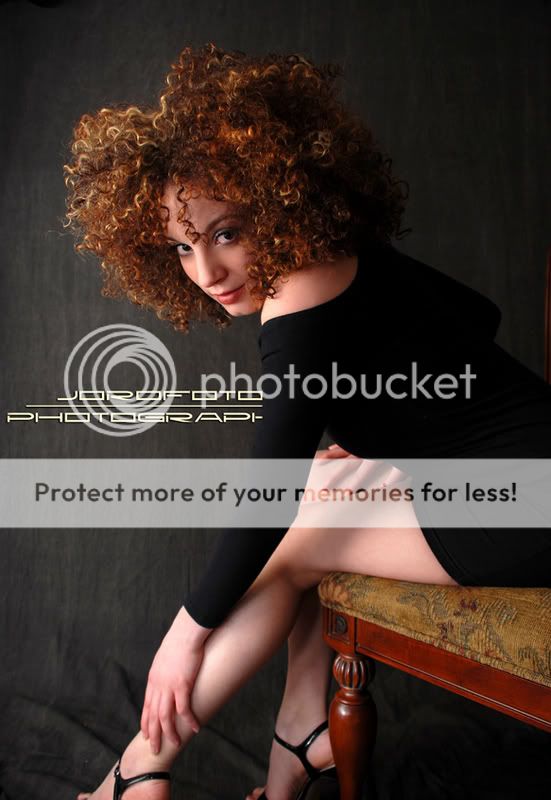shingfan
TPF Noob!
- Joined
- Dec 29, 2006
- Messages
- 569
- Reaction score
- 0
- Location
- Toroto, ON
- Can others edit my Photos
- Photos OK to edit
when you are shooting dim situation.....is it better to shoot with flash or without flash?....reason for asking.....
1) without flash........the subject seems to be noisy...and they dont appear as sharp even if i use ISO100
2) with flash.....subject is sharper....but doesnt look as natural
does the flash help with sharpness and remove noise when it comes to dark situation?......even though i use the same ISO100 but with different shutter speed
1) without flash........the subject seems to be noisy...and they dont appear as sharp even if i use ISO100
2) with flash.....subject is sharper....but doesnt look as natural
does the flash help with sharpness and remove noise when it comes to dark situation?......even though i use the same ISO100 but with different shutter speed













